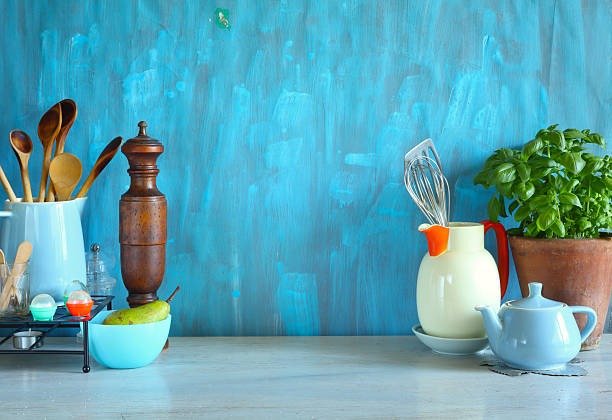You’ve crafted a beautiful dish. The lighting is on point. The plating is flawless. But when the photo goes live, it falls flat. For restaurants, this is more than a missed aesthetic opportunity—it’s a missed marketing opportunity. In an age where 70% of diners check Instagram before choosing where to eat, your food needs to look irresistible online.
That’s where table styling comes in. Your table is the stage, and every detail on it shapes how your food is perceived. From social media to delivery platforms to print menus and recipe photo books, how your dishes are presented visually impacts brand perception and sales.
Pick a Theme That Matches Your Brand
Before pulling out the props, align your table styling with your restaurant’s brand identity. A farm-to-table bistro shouldn’t style like a modern sushi bar. Consistency across your digital presence reinforces your vibe and attracts the right diners.
Ask yourself:
- Are we rustic, minimalist, high-end, or eclectic?
- What colors and materials align with our interiors and plating style?
- What mood are we aiming to capture—luxury, warmth, playfulness?
A clear visual direction helps guide table styling across shoots so everything—from your seasonal specials to your cocktails—feels cohesive.
Layered Textures Bring Photos to Life
A plain white table might be practical, but it rarely sparks engagement. Texture and layering add depth and make your photos more inviting. The key is to build up the scene with intentionality.
Here’s a simple layering structure:
- Base layer: The actual table or a custom table cover that matches your brand (woodgrain, matte black, etc.).
- Middle layer: Boards, plates, risers, or serving trays that elevate and frame the food.
- Top layer: Accent props like napkins, utensils, garnish bowls, glasses, or flowers.
Use the “less but better” approach—each element should have a purpose. One rustic knife or linen napkin can say more than a cluttered setup.
Light Like a Pro, Even in a Busy Dining Room
For restaurants, natural light isn’t always an option—especially during dinner service. Still, light quality can make or break a shot. Aim to shoot during off-hours in areas with the most ambient daylight, or use soft LED panels to mimic natural warmth.
If you’re shooting at night or in a dim space, bounce light off a white wall or reflector to soften shadows. Avoid using harsh overheads or your phone’s flash—they flatten everything and introduce harsh glares.
Pro tip: Designate one corner of the restaurant as your “content zone” with ideal lighting and backdrop to capture consistently great shots, even during service breaks.
Props: Keep It Restaurant-Real
Props should reflect what diners actually experience. Unlike bloggers or home chefs, restaurants need to walk a line between aspirational and authentic. Show what guests will really see on their plate—but refined just enough to shine in photos.
Here are smart prop choices for restaurant shoots:
- Branded elements: Menus, coasters, napkins with your logo
- Signature glassware or plating that distinguishes your brand
- Fresh ingredients as garnishes to show seasonal focus
- Simplified table setups to avoid distracting clutter
If your space uses custom linens or tabletops, photograph those to reinforce brand visuals. And when you want variety, custom table covers let you switch it up without remodeling.
Why It Pays to Invest in Great Shots
The numbers don’t lie: Research by MGH found that 45% of diners have tried a restaurant after seeing its food on social media.
For restaurants, stunning visuals aren’t fluff—they’re fuel. They drive clicks, shares, reservations, and delivery orders. Good styling also supports seasonal campaigns, chef highlights, and menu launches with scroll-stopping content.
Quick Tips to Avoid Common Pitfalls
Even restaurants with amazing food sometimes miss the mark on visuals. Here are common slip-ups:
- Overly dark or yellow lighting – Adjust color balance or use lighting kits.
- Too much clutter – Keep the focus on the plate.
- Distracting tableware – Neutral tones and clean lines work best.
- No human touch – Add a hand pouring wine or holding a fork to make shots more relatable.
These tweaks are small but impactful—and easy to implement in your next shoot.
Final Thoughts
Your food may taste incredible, but if it doesn’t look incredible online, you’re losing diners before they even open the door. A well-styled table turns every dish into a marketing asset. Whether you’re building out your Instagram, refreshing your menu, or creating a recipe photo book for merchandising or PR, make every plate and prop count.
Invest a little time and creativity into your table setups—and your food won’t just be eaten. It’ll be remembered, reposted, and reordered.

